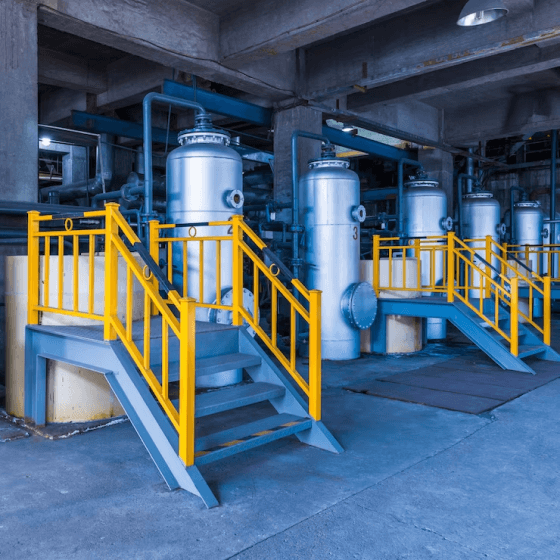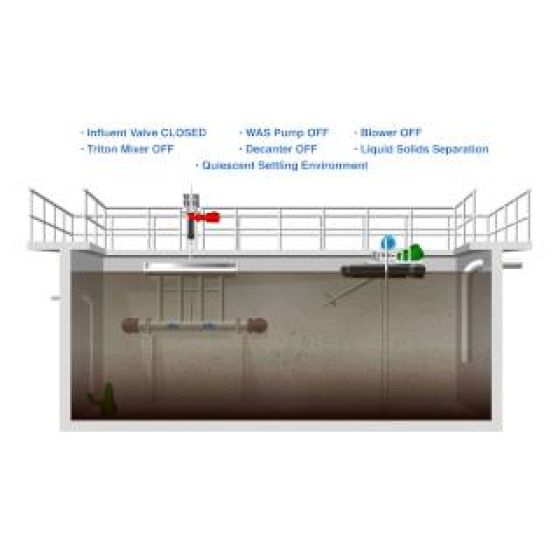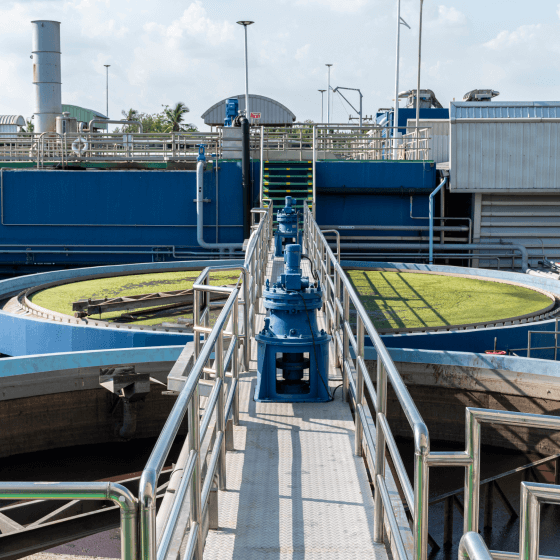Sewage treatment plants Technologies adopted
- Sewage treatment plants Technologies adopted
- Membrane Bio Reactor (MBR)
- Submerged Aerobic Fixed Film (SAFF)
- Moving Bed Bio Reactor (MBBR)
- Sequential Batch Reactor (SBR)
- Fluidized Bed Bio Reactor (FBBR)
- Application:
- Industries
- Colonies/Apartments
- Hotels
- Resorts and
- Other domestic sectors.
Morail Engineering offers STP from 5 cum/day to 10 MLD. The entire treated sewage waste can be recycled after treatment and can be reused for gardening, cooling towers, floor washing, and other non-critical applications. We also offer prefabricated sewage treatment plants of 10 KLD to 50 KLD.






